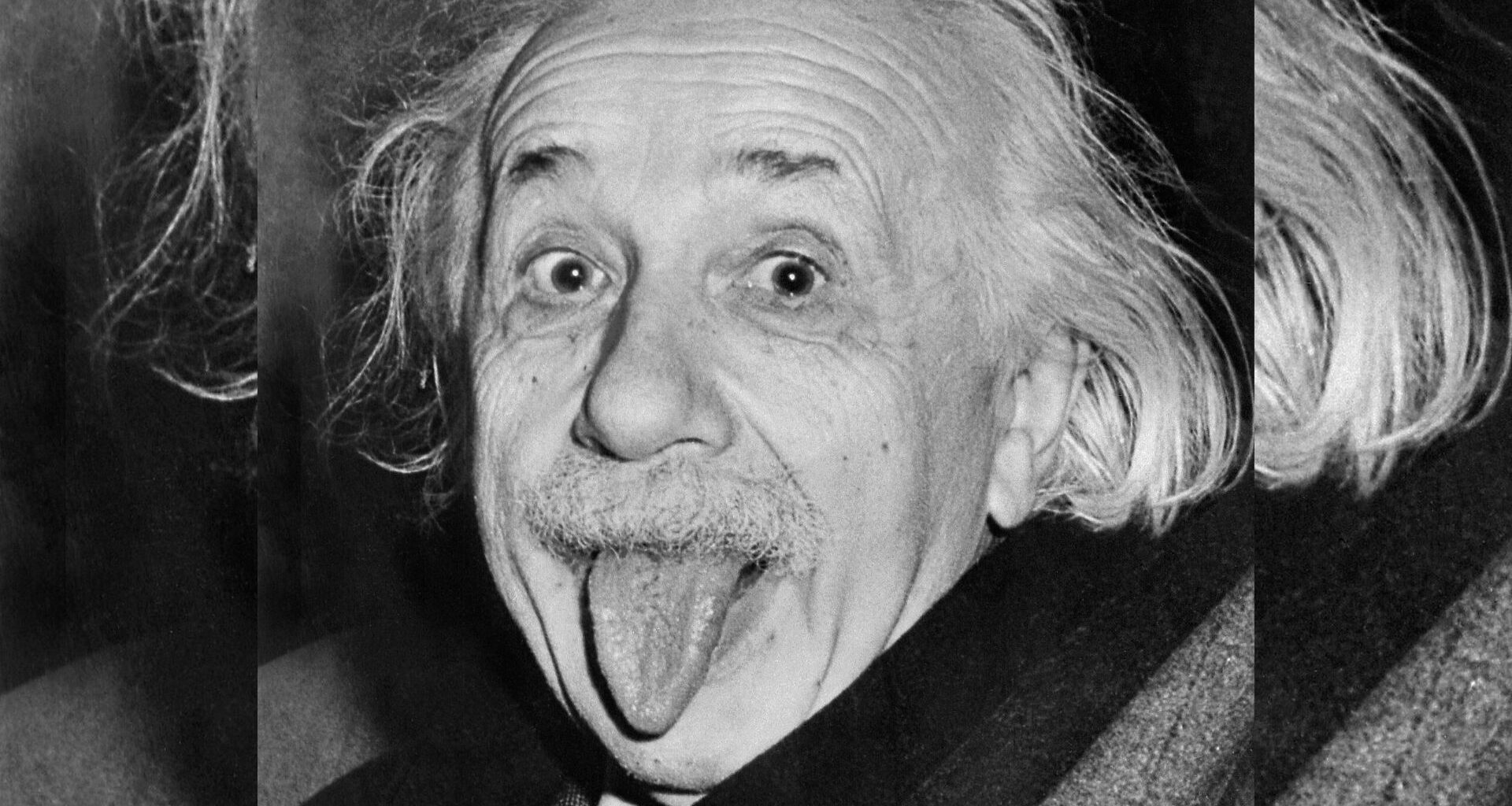A professor at the University of Seville has resolved a 120-year-old puzzle in thermodynamics, correcting a long-standing interpretation originally proposed by Albert Einstein.
The findings offer a new theoretical link between Nernst’s theorem—first introduced in 1905—and the second law of thermodynamics. Results indicate that the third law of thermodynamics is not an independent principle but a direct consequence of the second law.
José María Martín-Olalla’s findings clarify how entropy behaves as temperature approaches absolute zero, deepening our understanding of one of physics’s fundamental principles and revising a key aspect of Einstein’s early thermodynamic thinking.
“With this proof, the second law of thermodynamics would extend its applicability, and the third postulate of thermodynamics would be narrowed to the fact that the entropy of a finite density, chemically homogeneous body must not be negative,” according to the research paper.
Thermodynamics laws unified
The issue dates back to the early 20th century, when scientists were investigating the behavior of matter at temperatures approaching absolute zero (–273°C).
Walther Nernst, a physicist from Germany, noted that entropy exchanges appear to disappear when the temperature approaches absolute zero. This discovery led to him being awarded the Nobel Prize in Chemistry in 1920. To clarify this, Nernst contended that absolute zero cannot be reached physically. Without this law, building an ideal engine that transforms all heat into work would be possible, thus breaching the second law of thermodynamics.
In 1912, though, Einstein took issue with this perspective. He argued that a practical engine of this kind could not exist, which meant that the second law did not have to be the cause of absolute zero’s inaccessibility. Einstein’s argument dissociated Nernst’s theorem from the second law, establishing it as an independent “third law” of thermodynamics.
Professor Martín-Olalla’s recent work refutes that separation, demonstrating instead that Nernst’s theorem logically follows from the second law, thereby unifying thermodynamic principles in a way not previously achieved.
Redefining absolute zero
In a recent demonstration, Professor Martín-Olalla offers a revised interpretation of thermodynamics by highlighting two subtleties overlooked by Nernst and Einstein.
According to a statement, he argues that the second law of thermodynamics implicitly requires the existence of Nernst’s hypothetical engine, yet it must remain virtual, consuming no heat, producing no work, and leaving the second law unchallenged. This conceptual engine leads to two key conclusions: entropy exchange vanishes as temperature approaches absolute zero (Nernst’s theorem), and absolute zero itself is unreachable.
Martín-Olalla also distinguishes between the empirical perception of temperature—linked to sensations of hot and cold—and its formal role as a physical quantity. He notes that during early 20th-century debates, temperature was treated merely as an observable parameter, like pressure or volume. However, by anchoring temperature to the formalism of the second law through this virtual engine, a more rigorous definition emerges, divorced from sensory experience. This reframing significantly alters the foundation of the theorem’s proof.
While Nernst’s 1912 work also identified the vanishing of heat capacities near absolute zero, Martín-Olalla views this as a supplementary insight rather than a distinct principle. He proposes instead that the second law inherently implies that entropy reaches a unique, zero value at absolute zero.
This new perspective, first shared with his thermodynamics students at the University of Seville, marks what he hopes is the beginning of wider academic recognition. Yet he acknowledges that challenging long-standing interpretations will be met with resistance in the scientific community.
The details of the research done by Martín-Olalla were published in the journal The European Physical Journal Plus.
